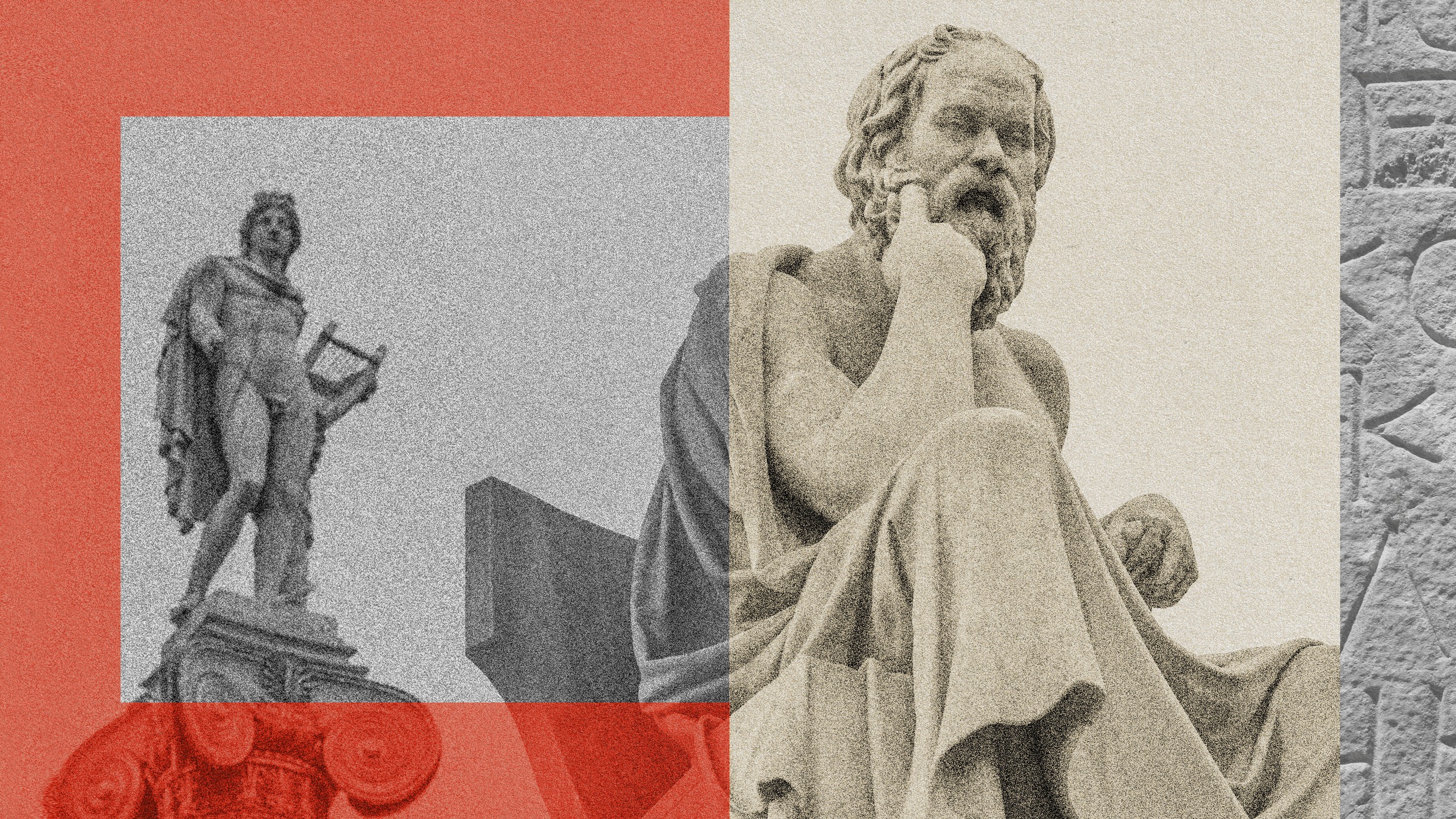There is far more information in the environment than our brains can fully process.
Our ability to maintain “attention” allows the brain to prioritize those parts of the environment that are most relevant.
Attention is much more than just focusing. It fuels our ability to think, feel, and connect.
AMISHI JHA: For a long time through our evolutionary history, the brain started to suffer from a very big problem: which is that there's far more information out in the environment than could be fully processed. Attention ended up becoming a very useful solution because it allowed the brain to prioritize and sub-sample parts of what was going on. There are so many ways in which our attention is powerful. It ends up being used for all of these different aspects of the human experience. To fuel our ability to have success in thinking, feeling, connecting, we need full access to our attention.
For most of us, when we hear the term "attention," what we think of is focus. What does that actually mean? It means that we're constraining and narrowing where our mental energy goes in this very precise way. I often use the metaphor of a flashlight to describe this capacity we all have. Just like an actual flashlight or torch, if we're in a darkened room, wherever it is that that flashlight is pointing, we're gonna get crisp, clear information. And the beam of that flashlight is narrow. It's prioritizing some information, and that's because there's a brain mechanism called 'bias,' that activates neurons representing what it is that you direct your attention toward. But, even if we often think of attention as focus, it ends up that attention is more than focus. There are other systems of attention.
Another aspect is almost the exact opposite of a flashlight. And I use the metaphor, here, of a floodlight. Unlike a flashlight, whose beam is strong and narrow and directed, a floodlight is broad, diffused, and you could say receptive. There's nothing that you're privileging over anything else. The floodlight is a brain system called the 'alerting system.' Being alert means noticing what's going on in this moment. But you know you need to pay attention in this broad, diffused manner. The floodlight really describes that experience. And then finally, there's a third way that we can prioritize and pay attention that actually doesn't have to do with the content or the moment, it has to do with our goals. And this is something called 'Executive control.' I like to use the metaphor of a juggler for executive control.
You can think of it this way: "Executive" is like the executive of the company. The executive's job is not to do every single task that's required, but it's to hold the goals in mind, and ensure that actions of the company, of the individuals in the company, and goals are aligned. Same idea with this juggler notion- we're keeping all the balls in the air. We're managing and ensuring the coordination of the multiple, complex things that need to be happening. Now, oftentimes we have every intention of focusing our mind, but we don't often know where our focus is.
So, one of the very useful ways we can train our attention, protect it from this thing called mind wandering, is by doing what we call a 'Breath-focus practice.' As we begin this practice, feel free to set a timer for 12 minutes to continue doing it. So in this practice, we're gonna find our flashlight. How are we going to do that? Well, the first step is we're going to anchor our flashlight somewhere. And in particular, we're gonna begin by paying attention to the breath. The first thing I want you to do is settle into your body. Just notice your body sitting, breathing. And if you feel comfortable, go ahead and lower your gaze or close your eyes. That'll just help keep all the extra distraction a little bit dimmed down. Just notice yourself breathing. And what I'd like you to do next is really zoom in on this aspect of your present moment experience- your body sitting, breathing. What's most vivid tied to your breath? Try to assess that. Is it the coolness of air moving in and out of your nostrils perhaps? Or maybe your shoulder is moving up or down? Whatever it is, try to identify that. And once you've identified this vivid, breath-related sensation, you're going to set as your intention, for this brief practice, directing the flashlight of your attention right on those breath-related sensations. Keep that strong, steady beam of your flashlight of attention right on the breath. Just as you breathe naturally, no reason to control the breathing- just at it's natural pace, happening as it will.
Focusing on the breath. Now, if it hasn't happened already, it surely will- the mind's gonna wander away. Maybe to thoughts or memories, other things in your environment. Notice when mind wandering occurs. Keep that floodlight receptive to what's happening right now. You're focusing, and noticing, as you breathe. Now, if it ends up that the mind has wandered away, no big deal, minds wander. It's a natural thing that the brain does. If you notice it, think of it as a win. Now you know where your flashlight is, and simply redirect it back to those breath-related sensations. Begin again. Breathing, noticing, redirecting as needed, and repeat. Now, as we close this practice, just remember these steps of focusing, noticing, redirecting that we did formally by focusing on our breath, we can use for anything we're doing in our day-to-day lives. It's a handy tool. We can think of it as the push-up we can do for our mind. It's with you and always available, just as your breath is.
NARRATOR: Get smarter, faster with videos from the world's biggest thinkers. And to learn even more from the world's biggest thinkers, get Big Think+ for your business.







